The northeast of Elba Island consists of a massif that extends into the waters, where Rio nell’Elba is located in the heights, Rio Marina on the eastern coast, while Magazzini, Bagnaia, Nisporto, and Nisportino are on the western side. Crossing Monte Capannello, a ridge runs through this area, combining varied landscapes: rugged coasts, sandy and pebble beaches, hills, and valleys.
The local history is marked by iron mining since the Etruscan era, with famous deposits in Rio Marina that shaped the economy and architecture. The villages also preserve heritage from that period.
The Volterraio Castle and Monte Capannello offer views of the sea and the island’s interior.
Hiking trails allow exploration of mountains, forests, and natural viewpoints. The region also retains archaeological remains, including mining sites.
The numerous beaches are suitable for swimming and diving. Some are accessible only by sea or with great difficulty by land, such as Zupignano and other coves along the coast.
Around Cavo there are additional beaches and, on the heights, interesting sites such as the Red Lake, the ancient temple, or the Coppedè Mausoleum.
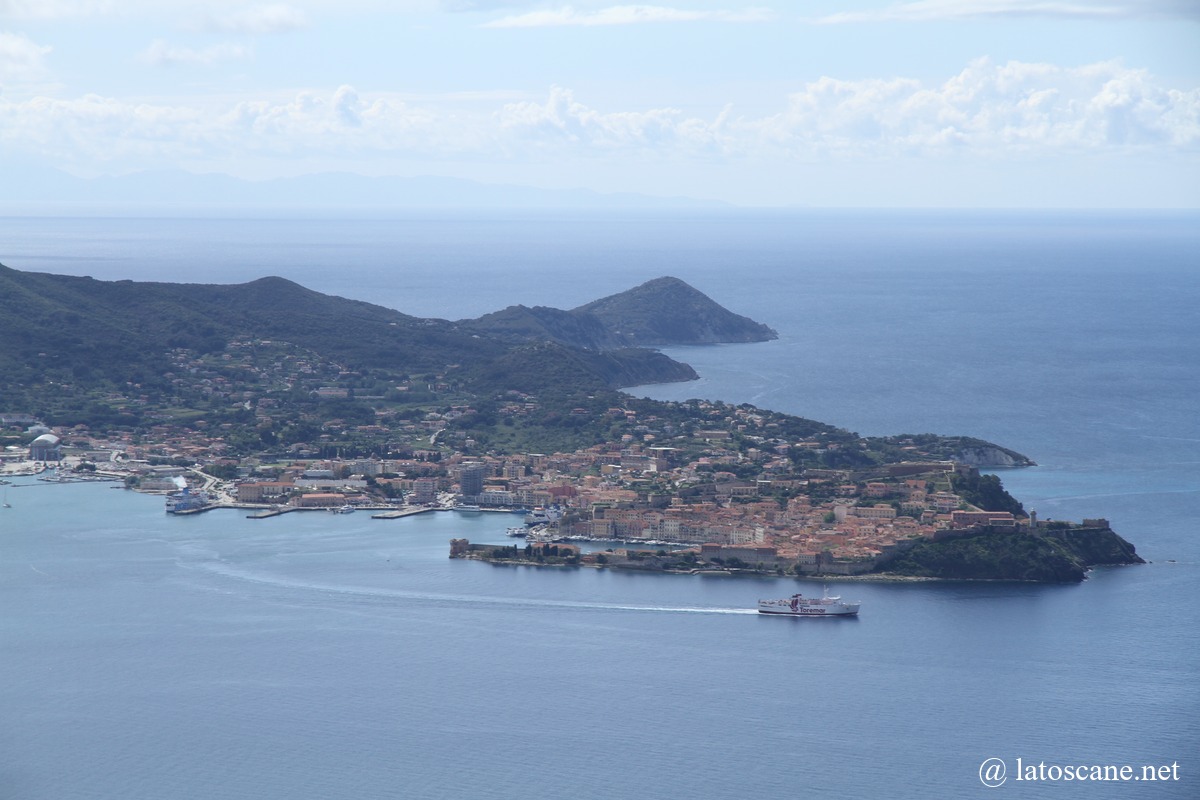
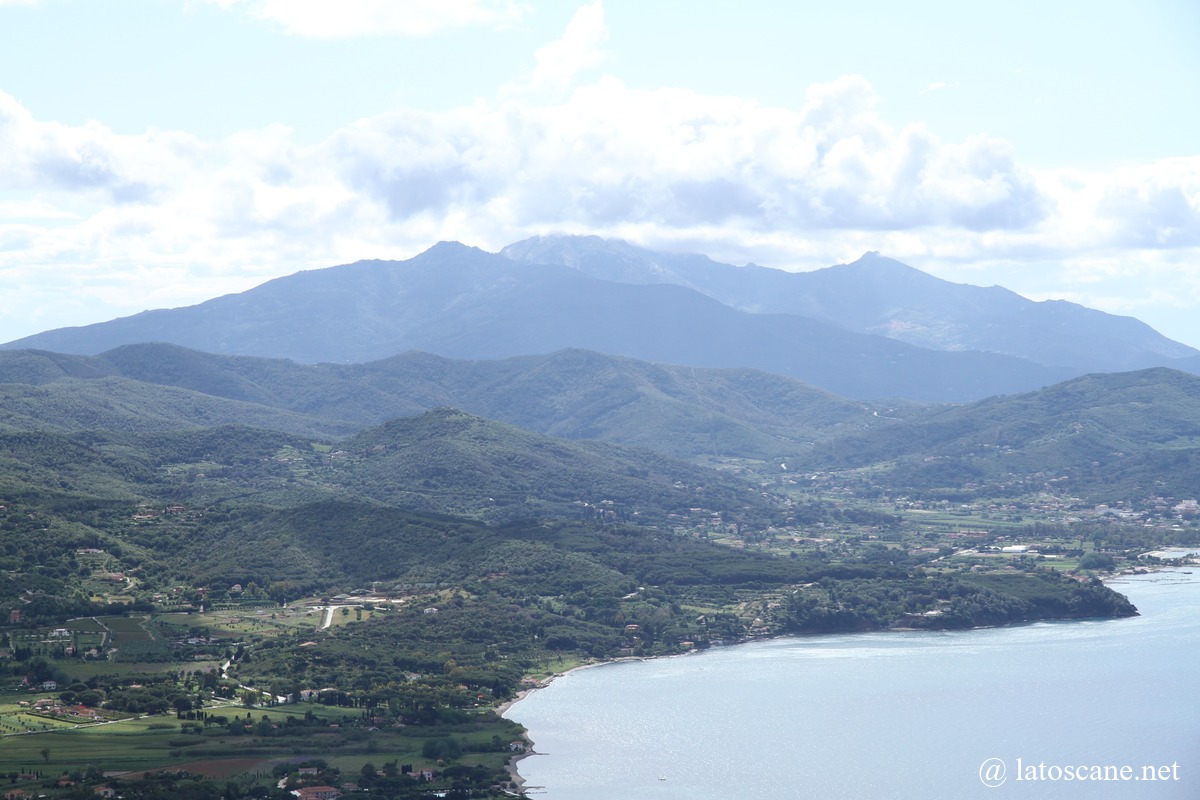
Things to Do and See around Portoferraio
- Rio nell’Elba: Archaeological Museum of the Mining District, Medieval Public Washhouses, Chiesa delle Anime Church
- Castello del Volterraio: perched medieval fortress offering breathtaking views.
- Rio Marina and the Archaeological Museum of the Mining District in Rio Marina
- Beaches of Magazzini, Bagnaia, Nisportino: crystal-clear waters and natural surroundings.
- Monte Capannello: ideal viewpoint for observing birds of prey.
- Elba Simple Plants Garden (Orto dei Semplici Elbano): botanical garden dedicated to local flora, and the Hermitage of Santa Caterina.
- Church of Santo Stefano alle Trane: the only Romanesque church still active on the island, featuring unique architecture.
- Santuary of Madonna di Monserrato
Map of the Area around Rio nell’Elba
If you see this after your page is loaded completely, leafletJS files are missing.
Castello del Volterraio
The Volterraio Castle is a perched medieval fortress at 394 meters above sea level, one of the most spectacular sites on the island. It offers a remarkable viewpoint over the island and the Tyrrhenian Sea. Access is via a hiking trail, providing an immersive experience in nature. The remains and their natural surroundings are well preserved.
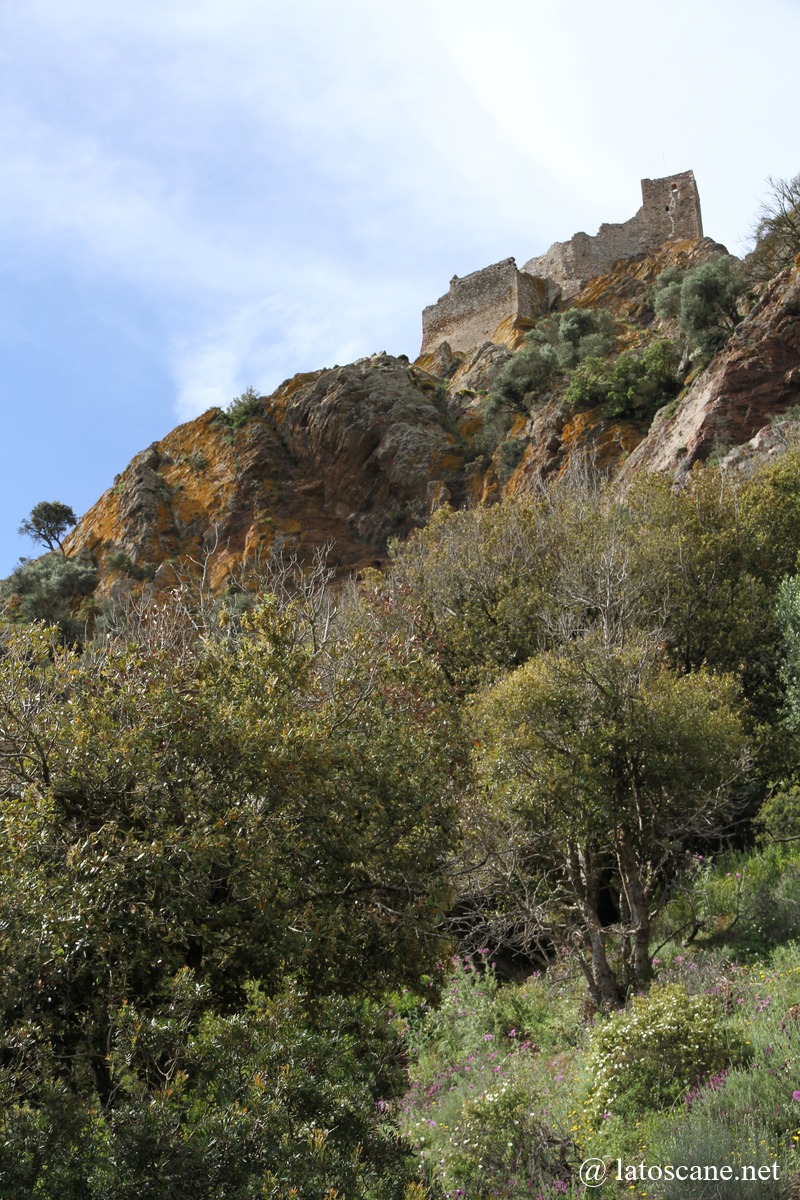
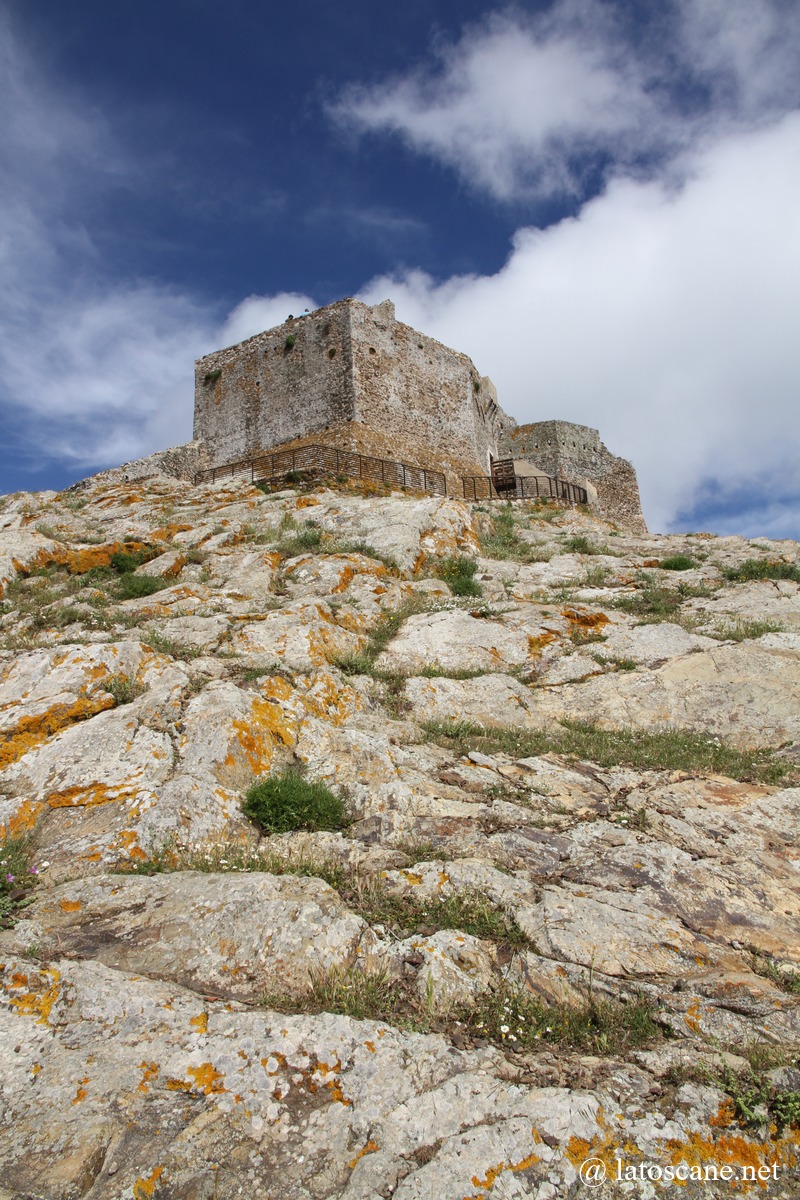
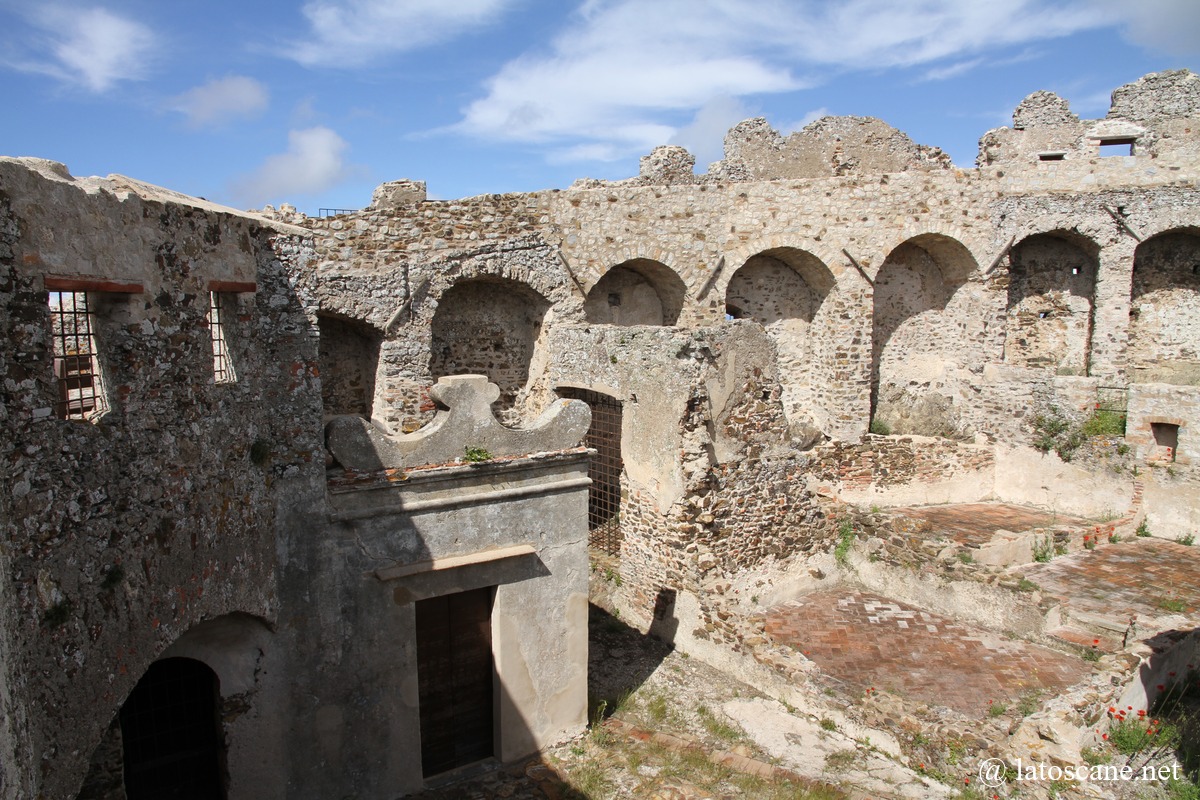
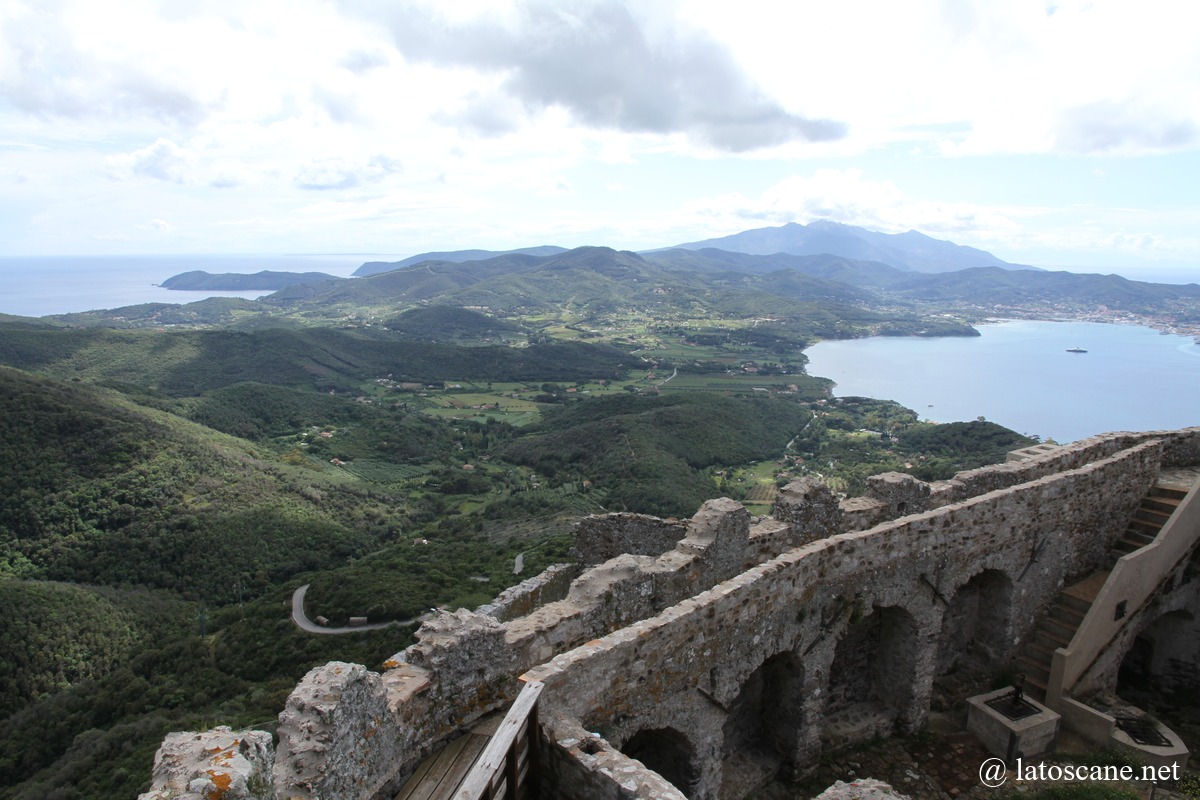
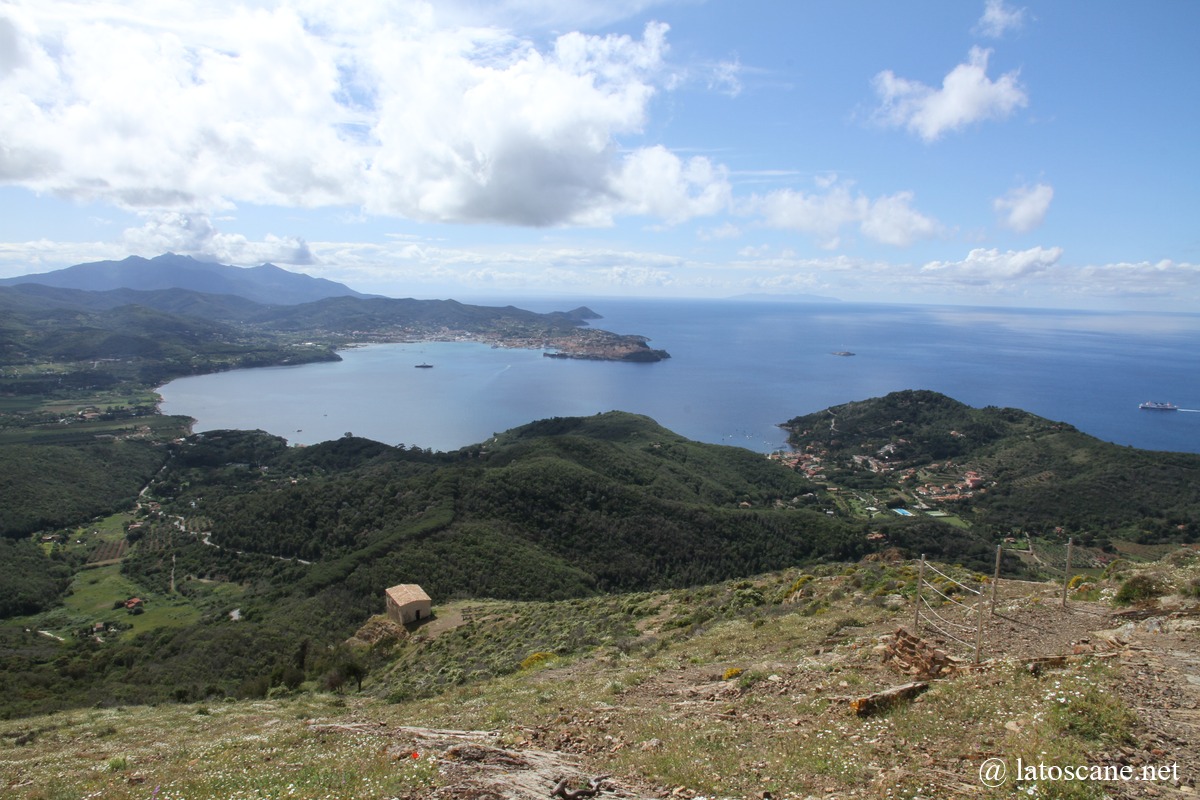
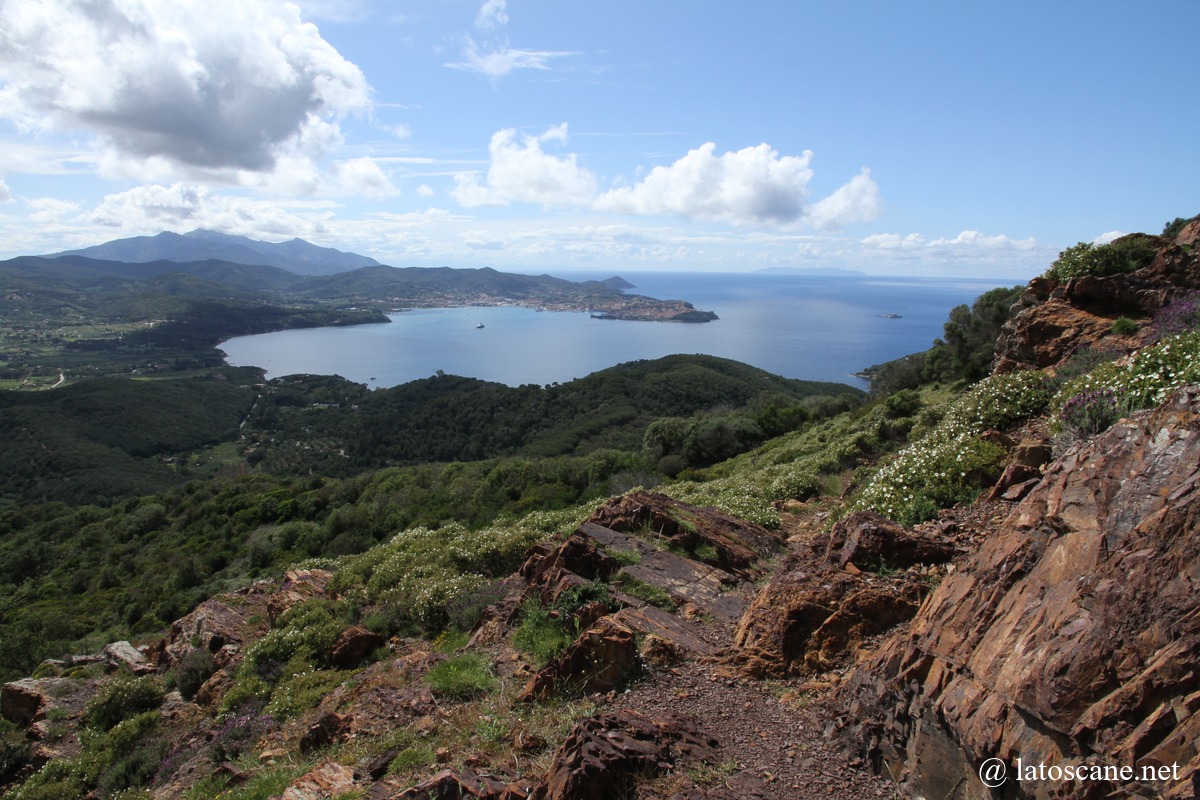
Rio nell’Elba
Rio nell’Elba is a village perched at 180 meters above sea level. Rich in a mining history dating back to the Etruscan period, it retains medieval streets. The main square is Piazza Matteotti, surrounded by traditional buildings and cafés.
The Archaeological Museum of the Rio nell’Elba Mining District, located on Piazza del Popolo, traces the history of mining on the island, from the Neolithic period to the Middle Ages. It displays objects recovered from the Grotta di San Giuseppe, such as vases, flint arrowheads, and bronze tools. A section of the museum is dedicated to the “People of Rio” collection, which preserves minerals and objects donated by the last miners of the region.
The Public Washhouse (Lavatoio Pubblico), near the Fonte dei Canali, is a public washhouse built in the 19th century in the historic center and Piazza Matteotti
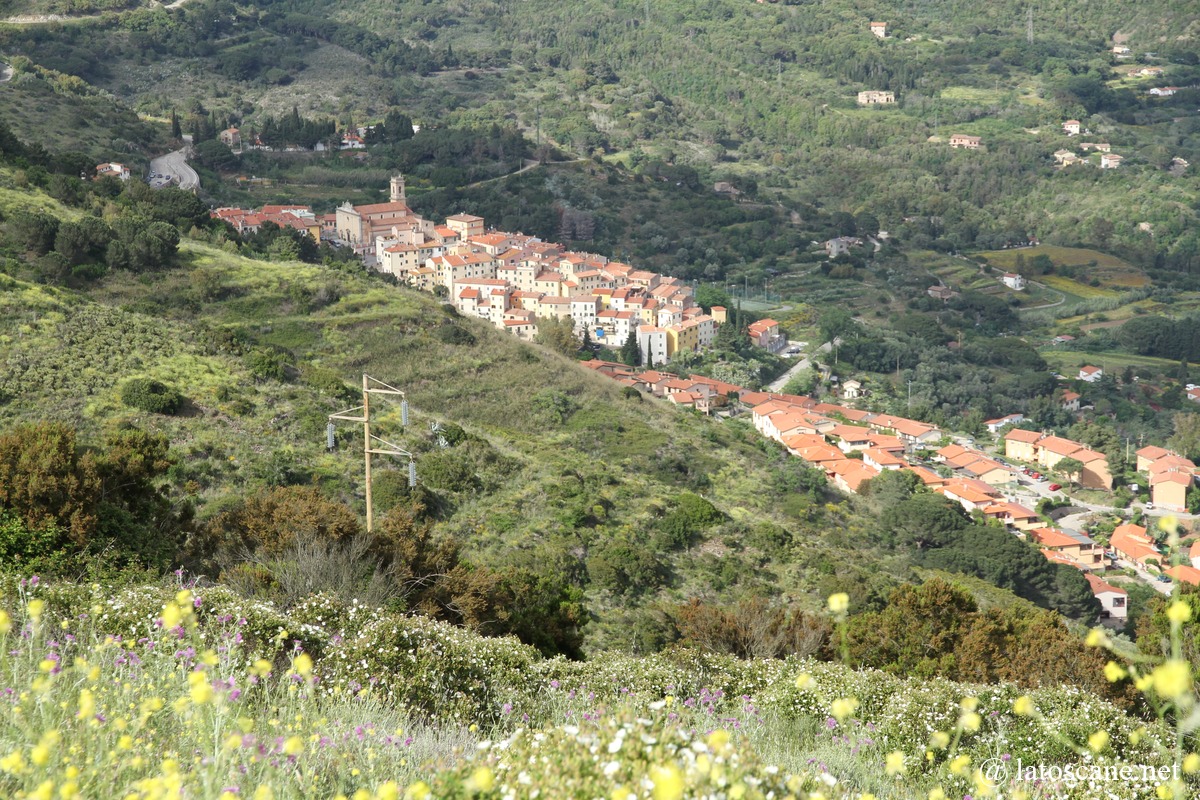
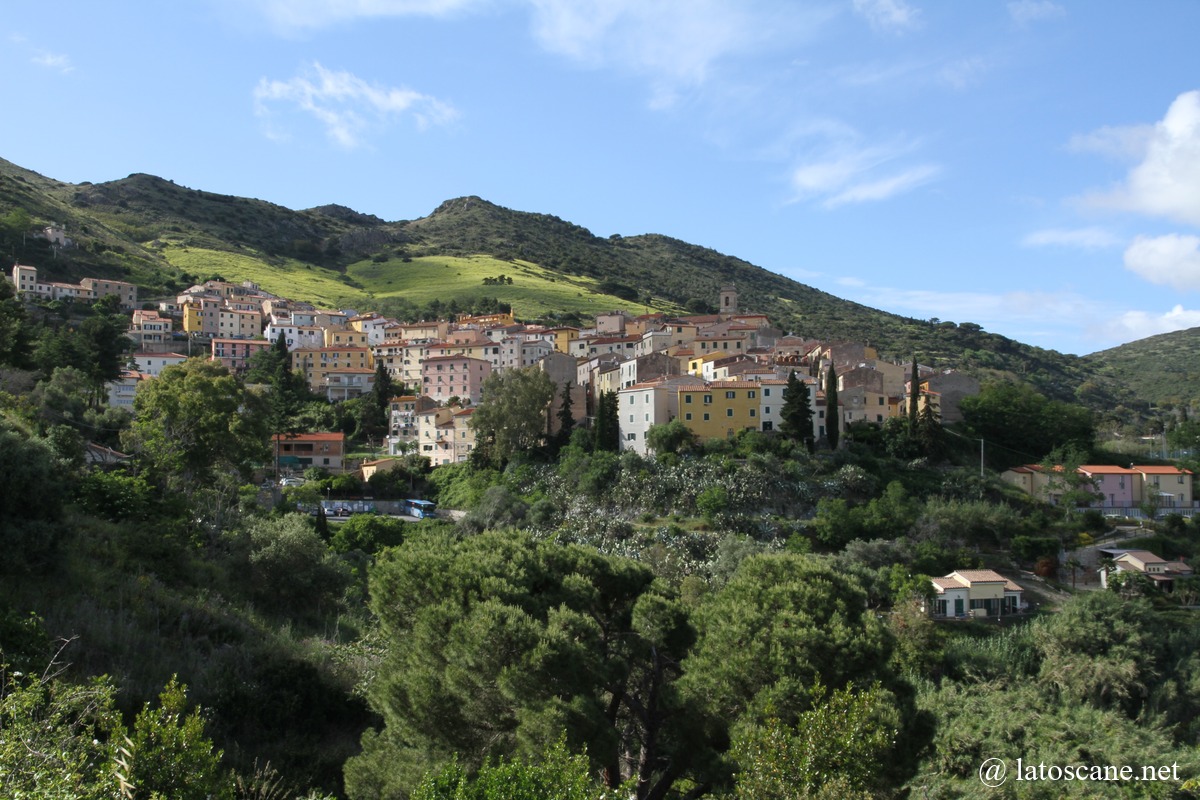
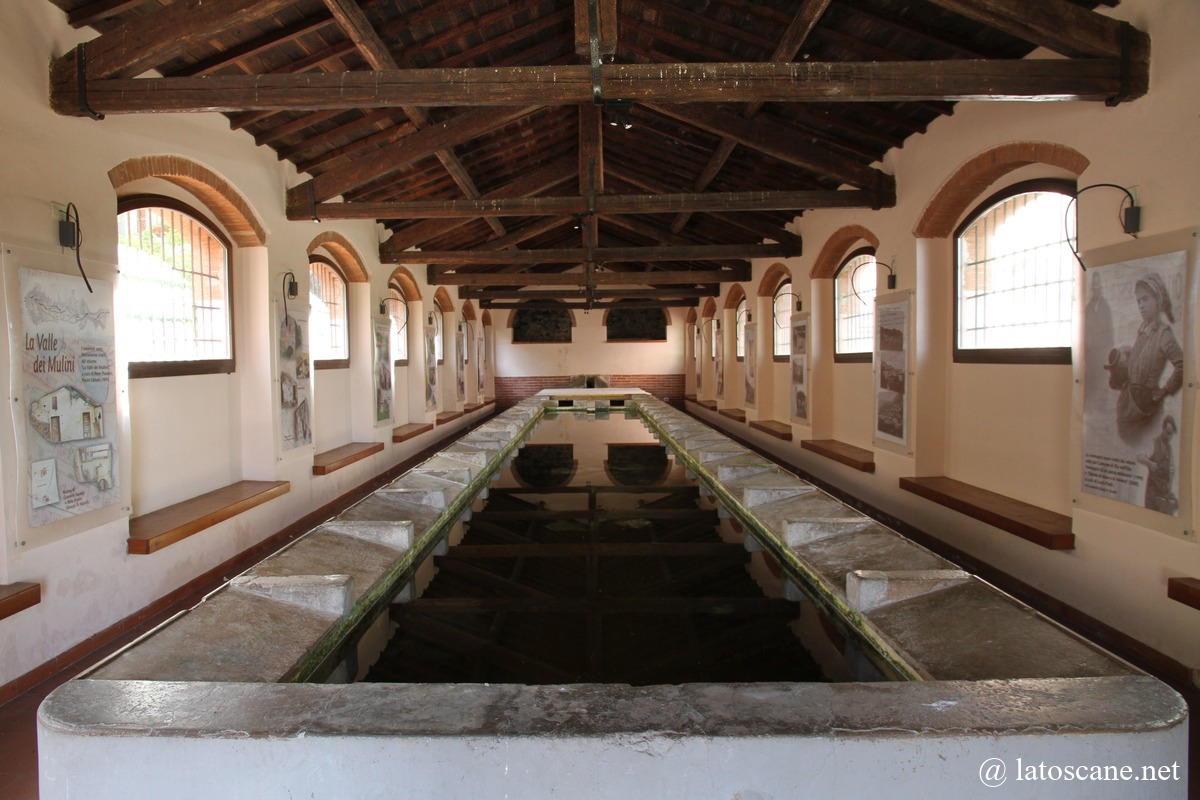
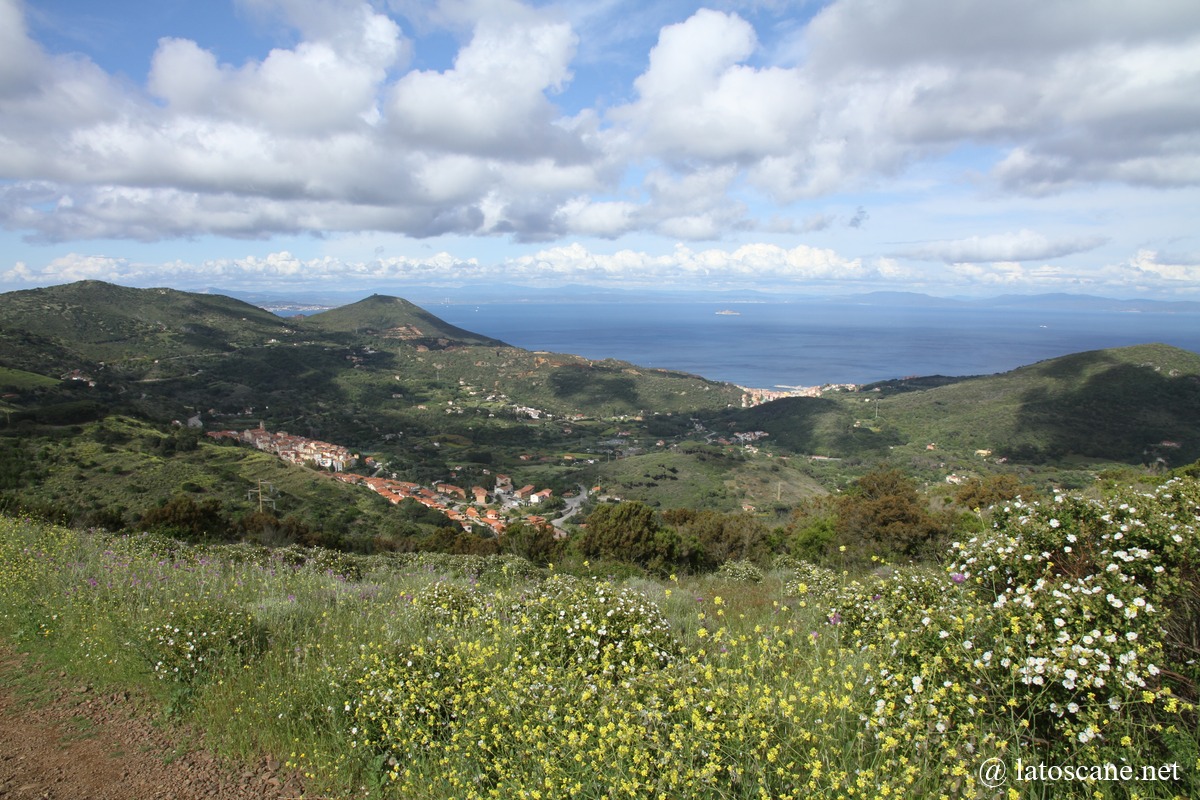
Church of Santo Stefano alle Trane
Located in the territory of Notwithstanding, the Romanesque church – the only one still active on the island – of Santo Stefano alle Trane is a charming building from the 13th century. Its facade features blind arches on pilasters and white marble decorations, contrasting with the sobriety of the interior. It also enjoys a beautiful panorama over the Gulf of Portoferraio.
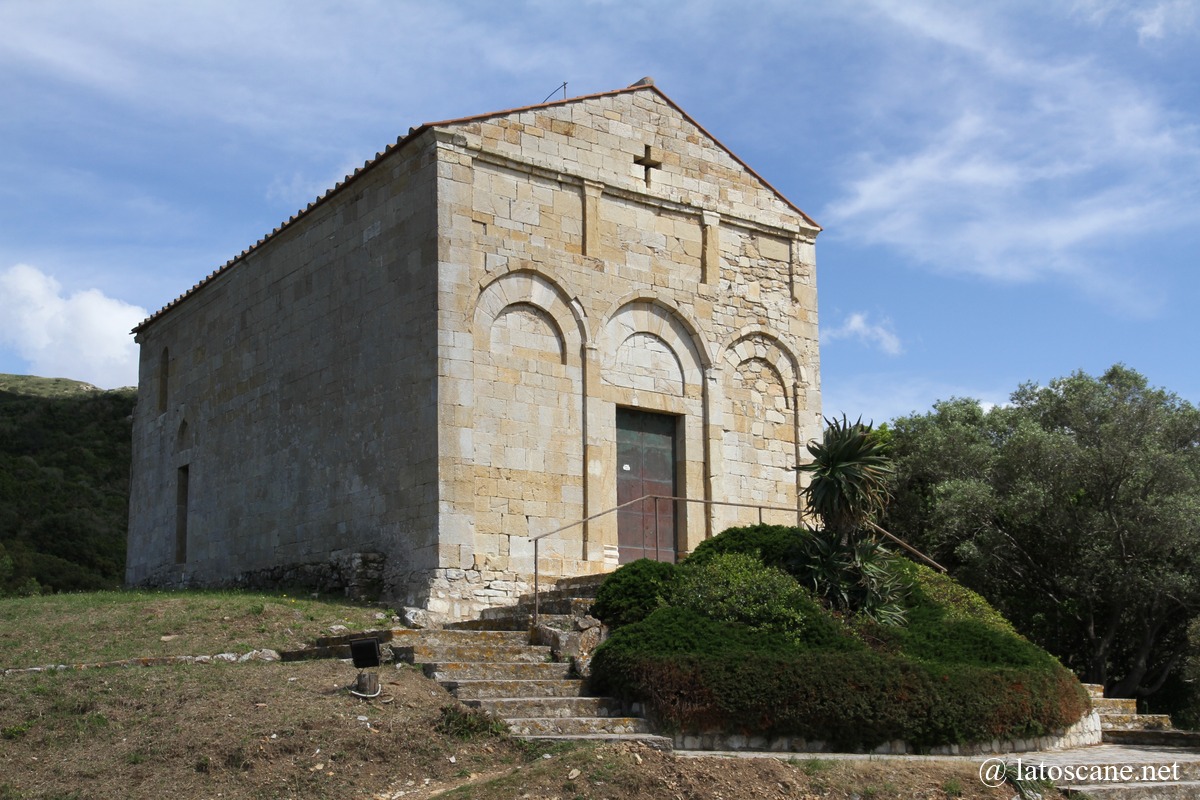
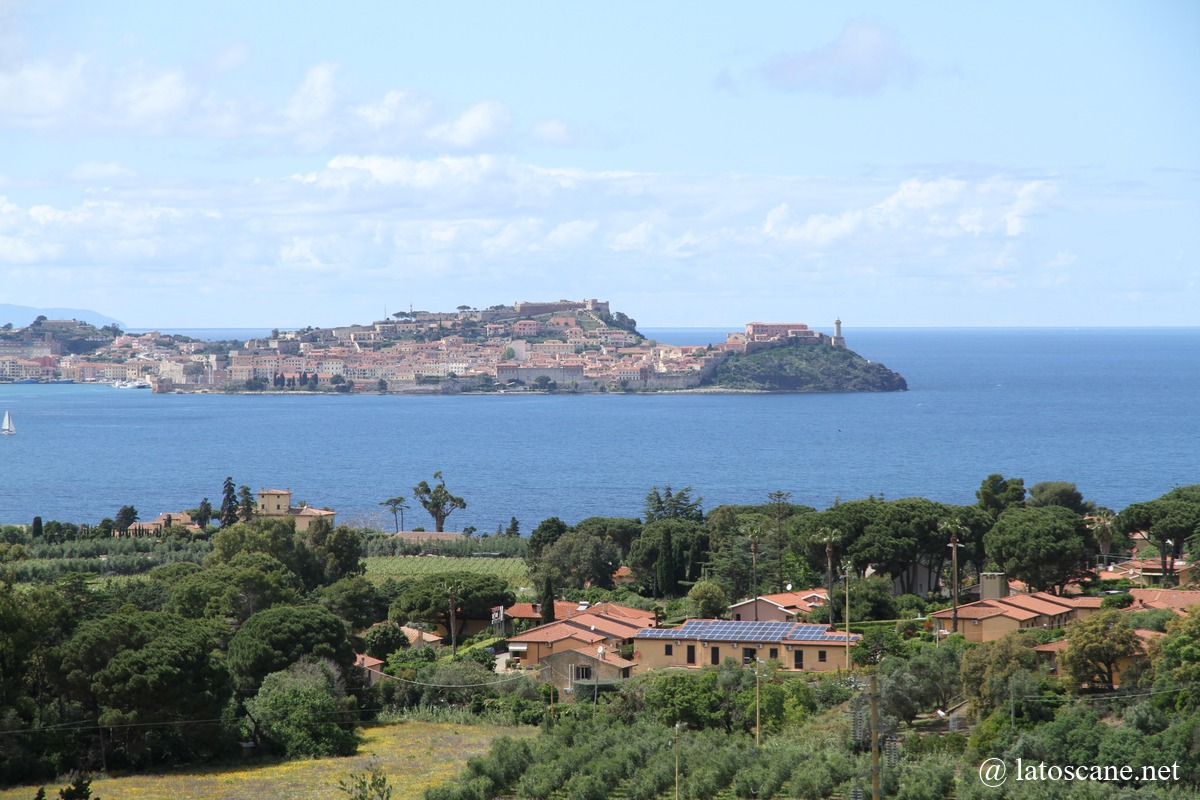
Rio Marina
Rio Marina is a lively port, with its colorful buildings and shopping streets. The history of the area is marked by the sea and the old mines.
The Rio Marina Mining Museum, located in the Palazzo del Burò, presents the history of iron extraction on the island. Visitors can explore the old mine galleries and learn about the mining techniques used over the centuries. The town also offers boat trips to nearby beaches and restaurants serving local specialties.
The historic center features narrow, cobbled streets winding between warm-colored buildings. The Open-Air Museum displays artistic installations made from mining tools, paying tribute to the work of the miners. The Clock Tower, erected in the 16th century, overlooks the port, and the San Rocco Chapel also dates back to the 16th century.
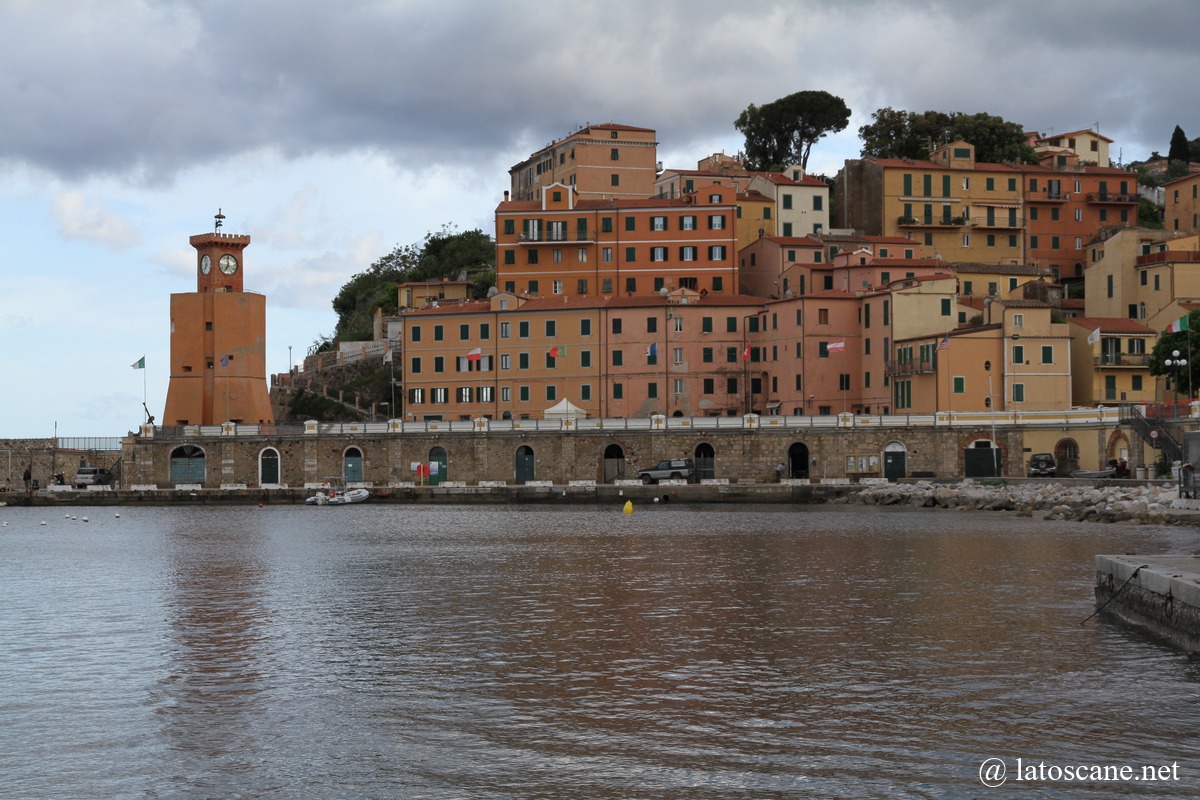
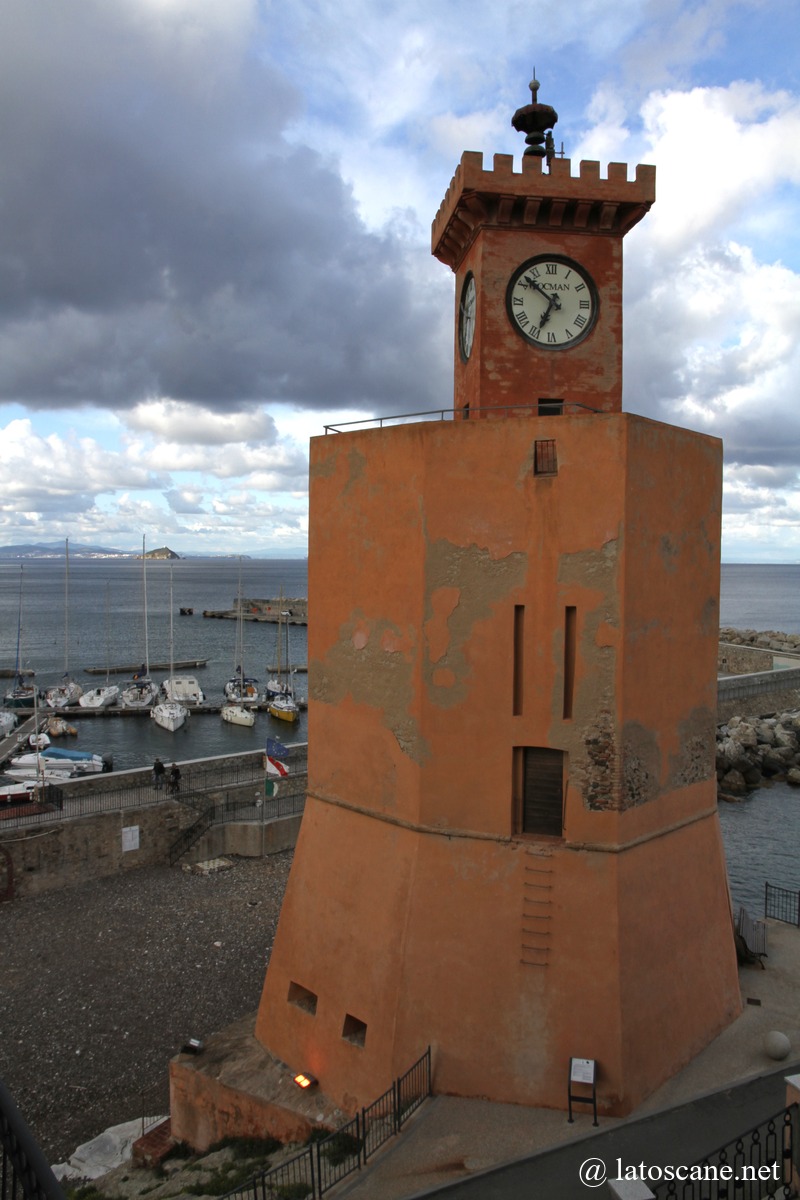
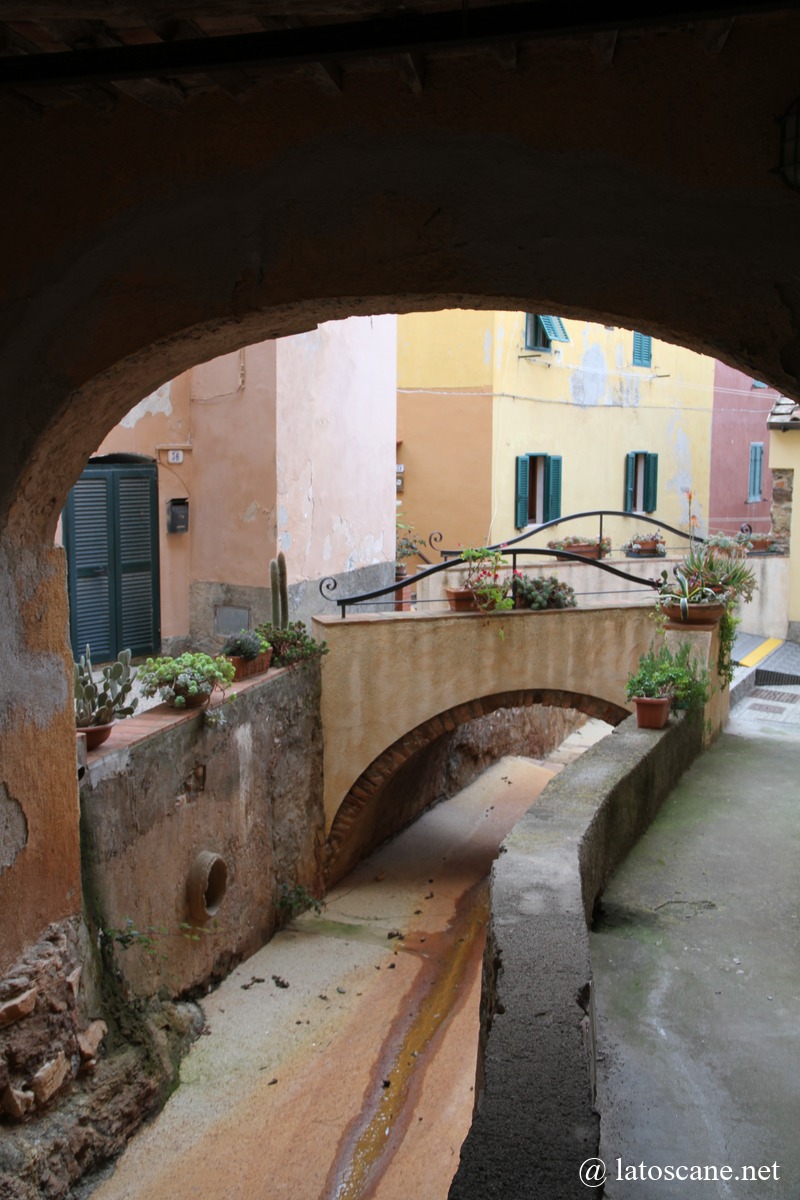
Magazzini, Bagnaia and Nisportino
The Magazzini beach, without particular charm, is a small pebble and sand beach located east of Portoferraio, opposite the marina. It is about 200 meters long. The beach is free, without facilities, and the waters are clear. The view stretches to the town of Portoferraio and the Volterraio Castle.
Bagnaia is a small village located east of the Gulf of Portoferraio. Its 300-meter beach consists of sand and colorful pebbles, with a seabed made up of small stones. The waters are crystalline, and the beach is well-equipped, with restaurants and pizzerias along the seafront.
Further north, Nisportino is a small beach located in a sheltered bay, about 5 km from Rio nell’Elba. It is approximately 120 meters long, composed of pebbles mixed with coarse sand. Access to the beach is free, with a calm and informal atmosphere and relatively few services.
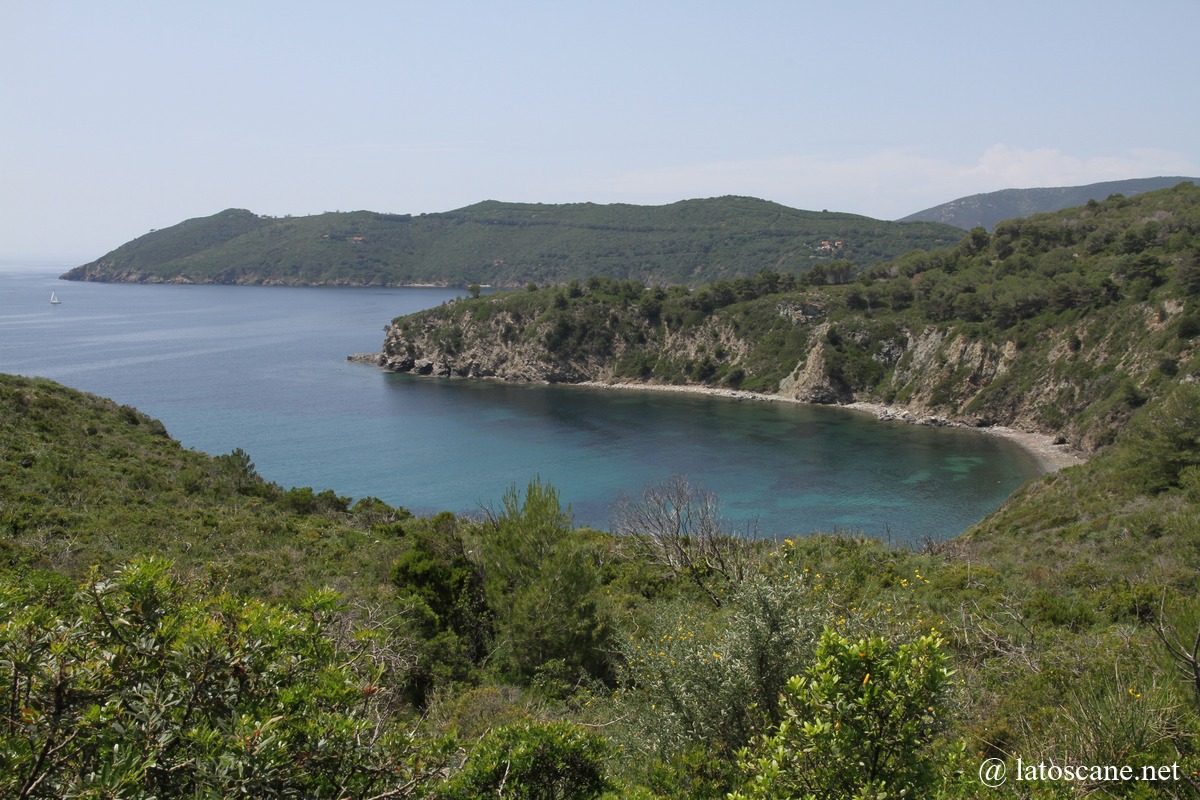
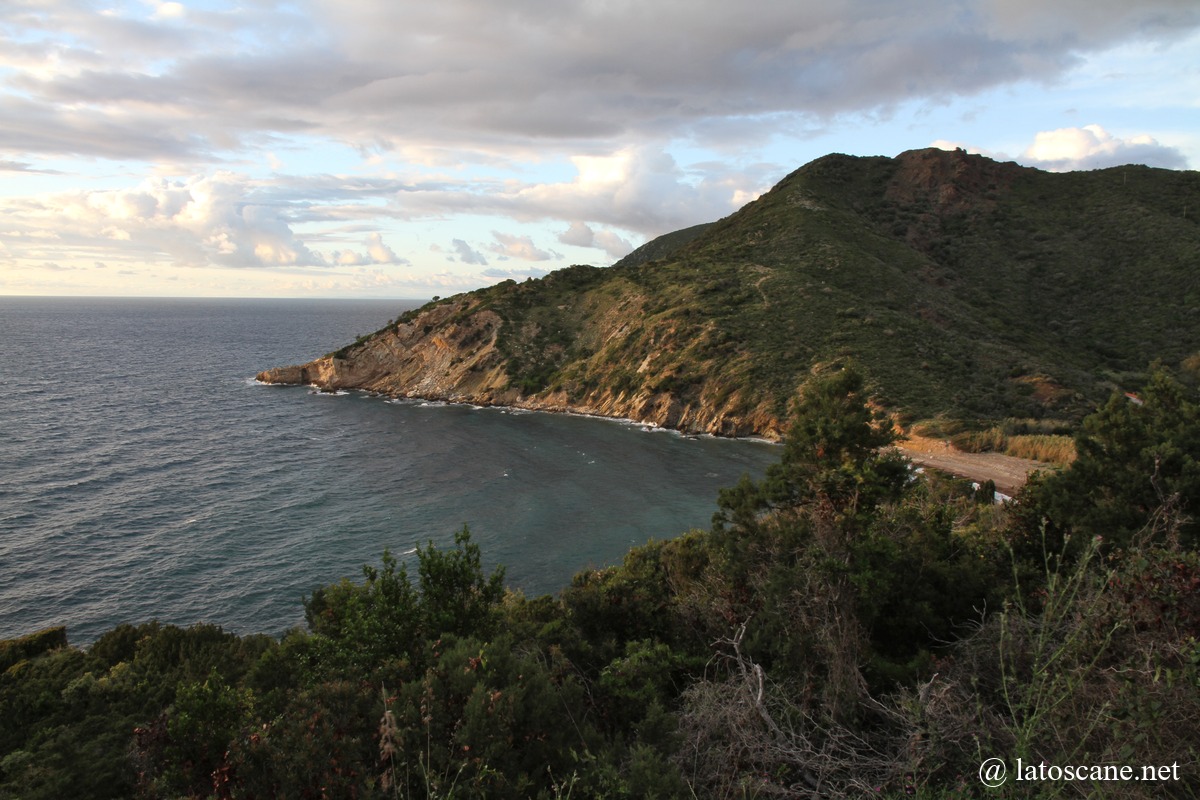
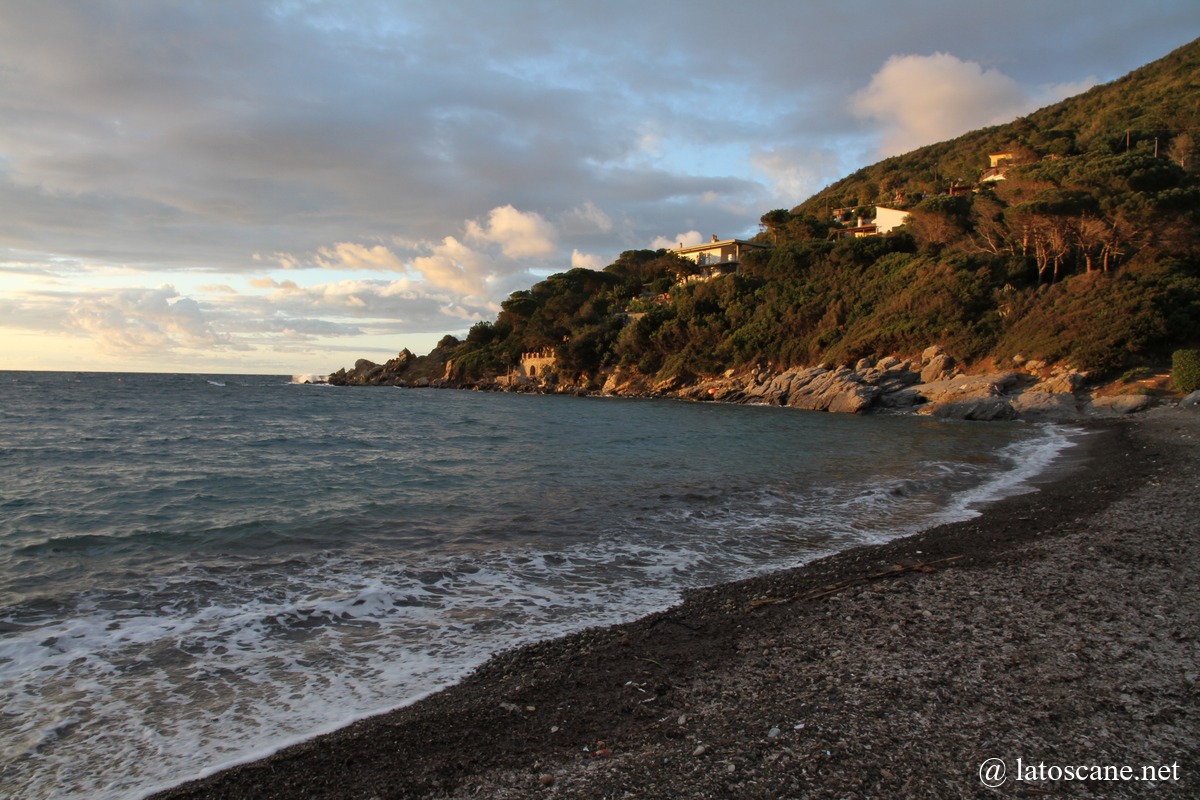
Monte Capannello, Cima del Monte and Val di Capanna
Monte Capannello, reaching 408 meters, offers an excellent viewpoint over the entire island and serves as a favored observation spot for birds, including falcons.
The trail leading to the summit is part of the Elba Grand Traverse (G.T.E.), a hiking route crossing the island.
This GTE follows the ridges from which one can reach Cima del Monte at nearly 500 meters above sea level, then Monte Val di Capanna overlooking Porto Azzurro, offering another fine panorama of the southern part of the island.
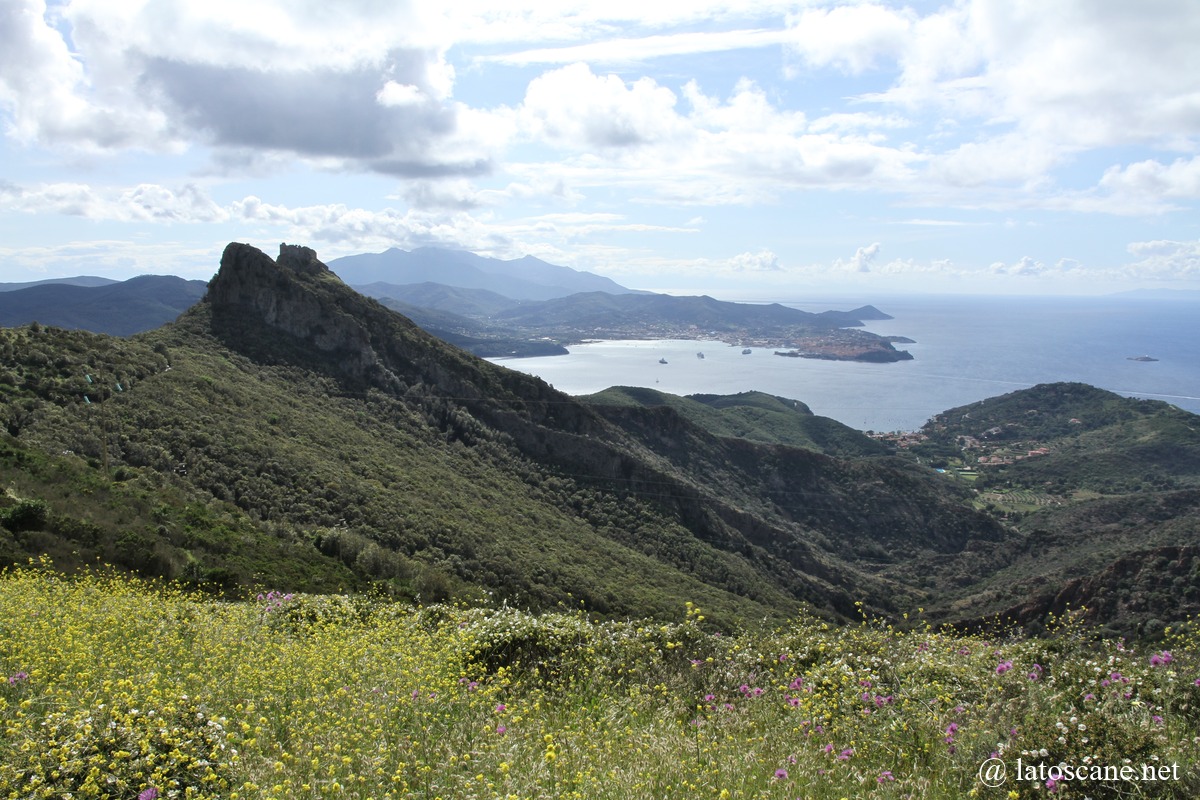
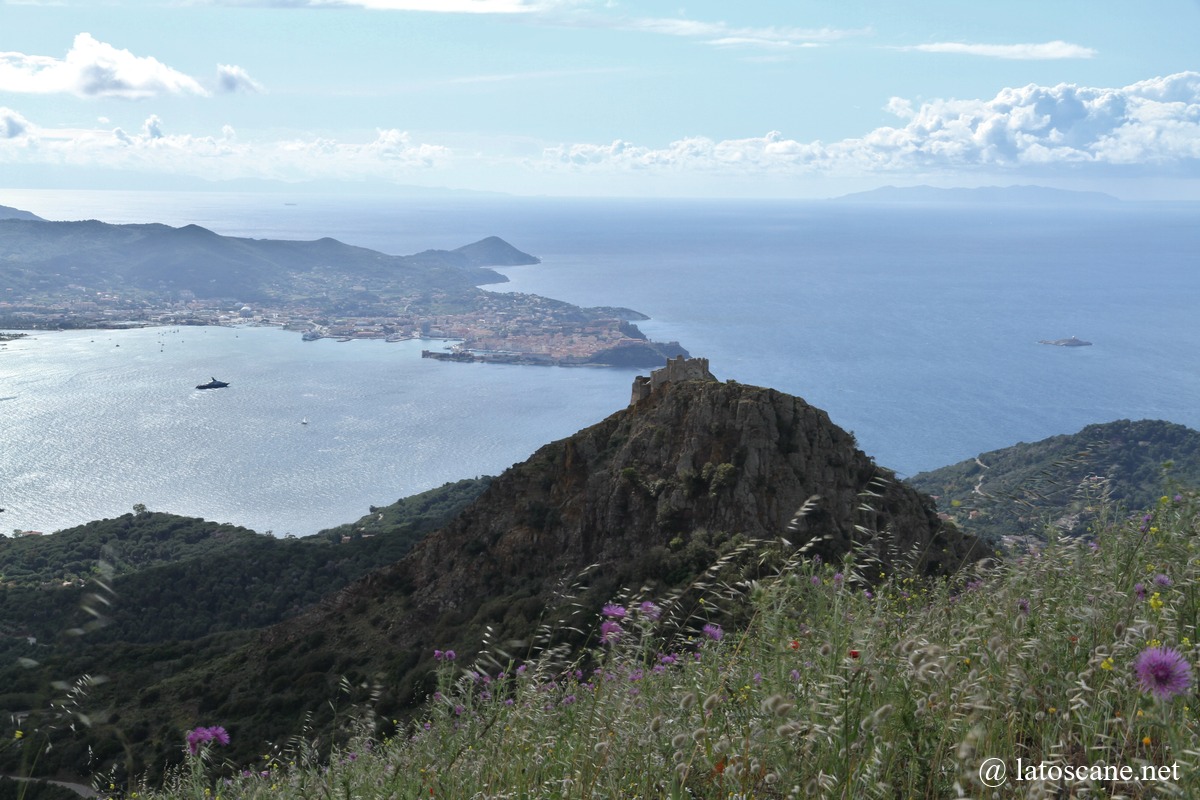
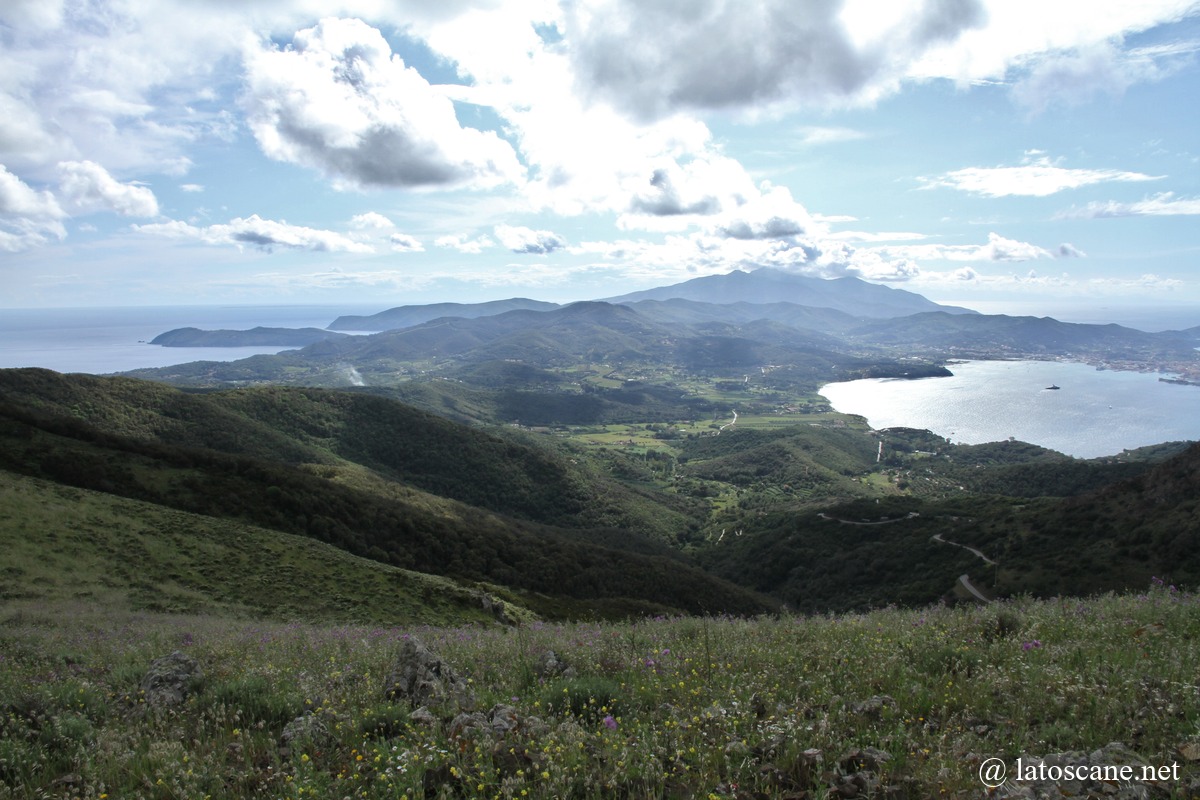
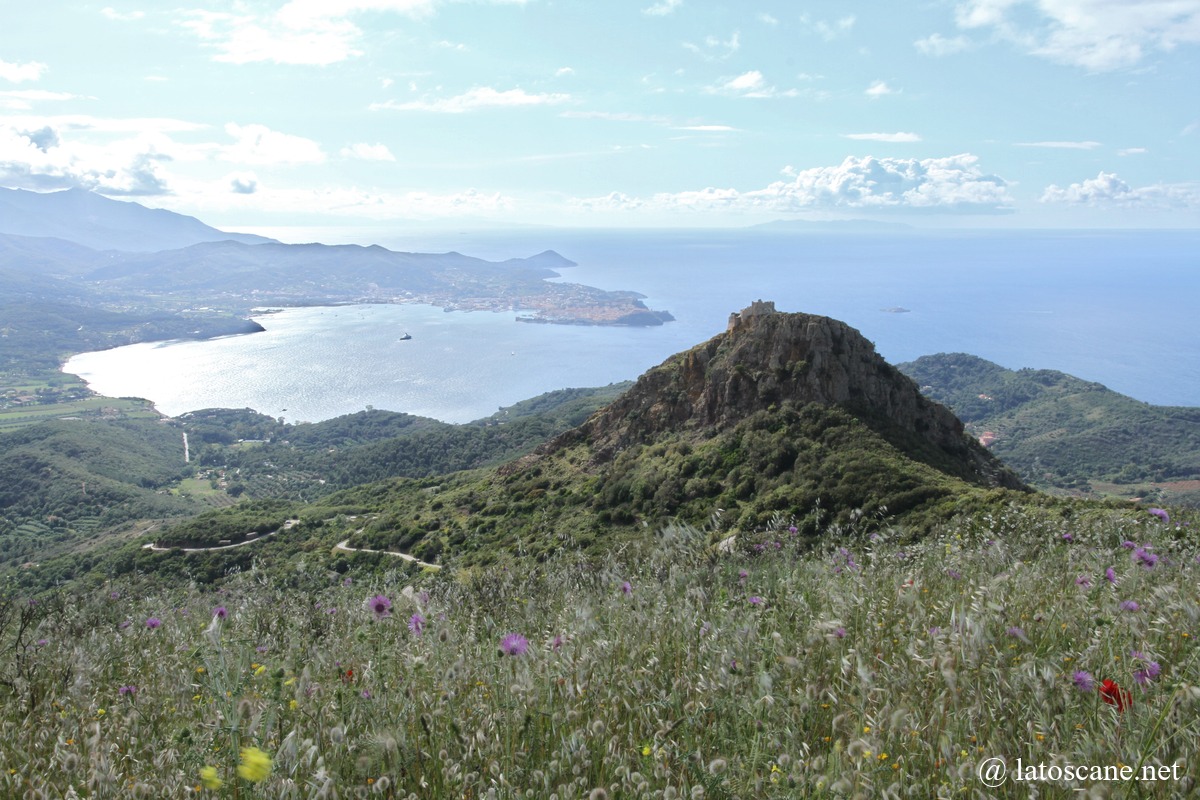
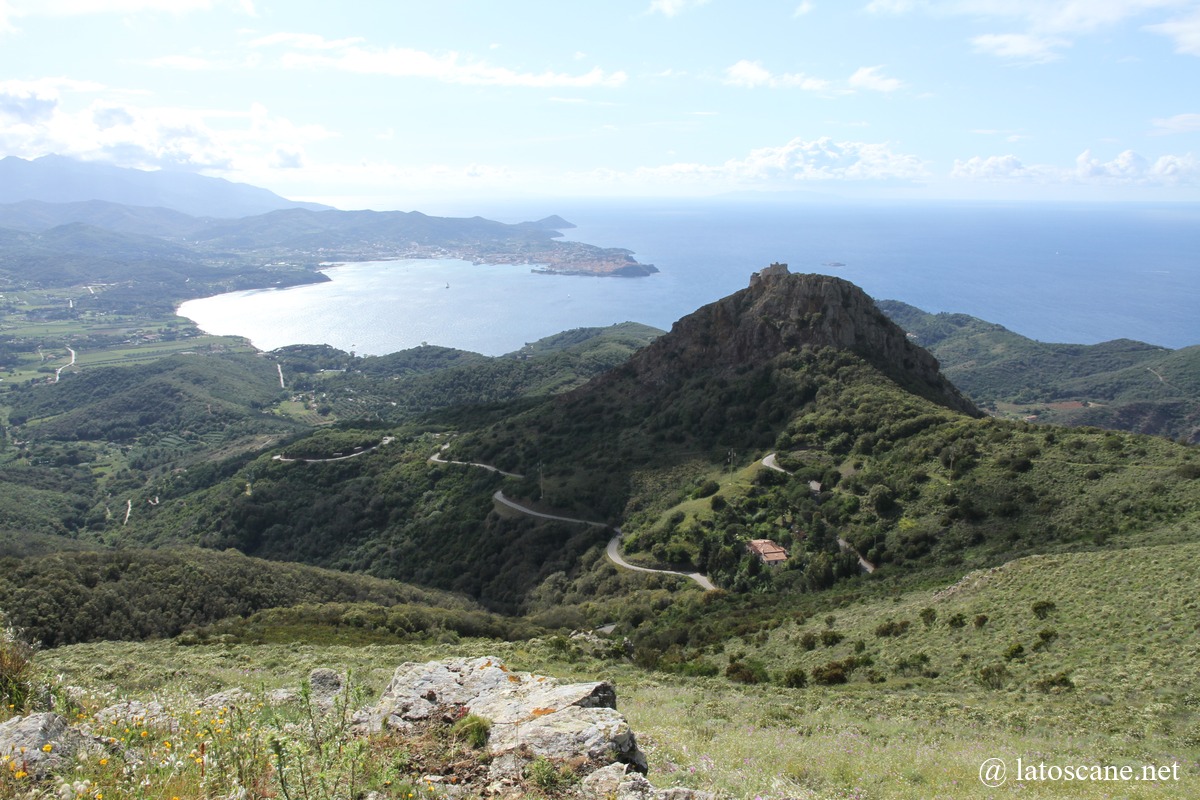
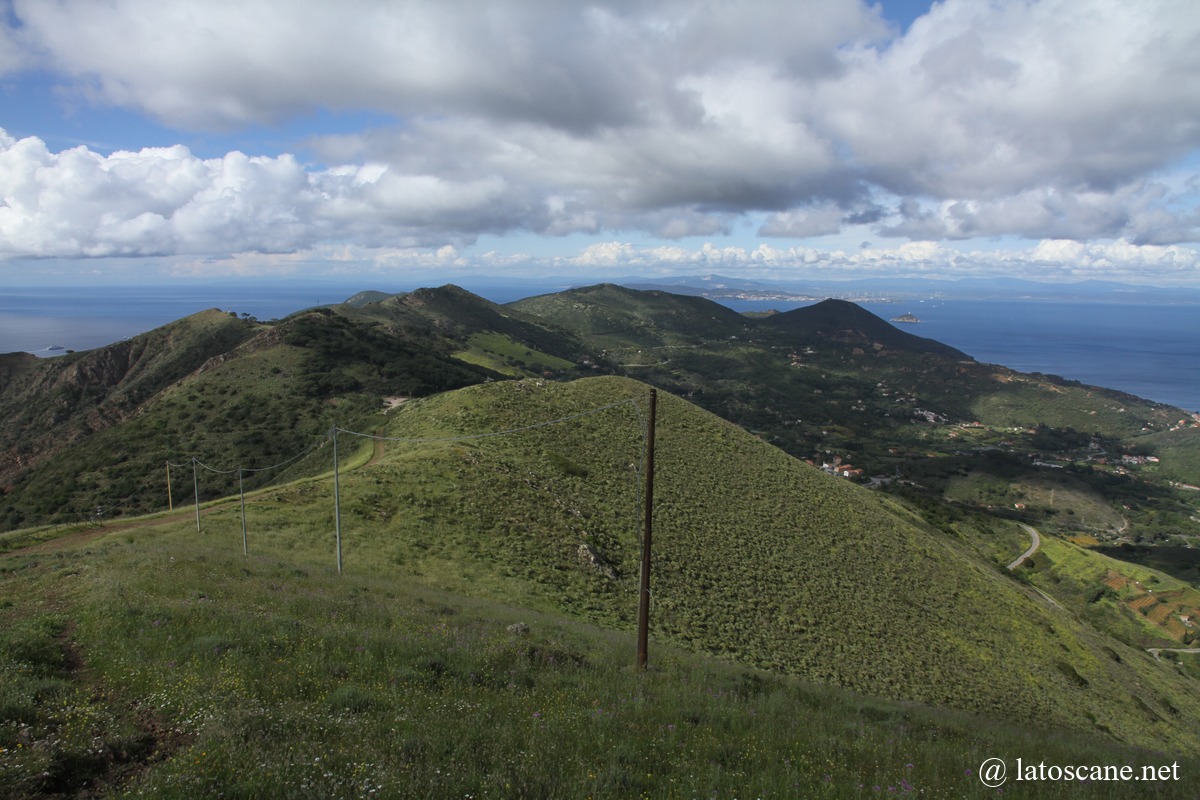
Santuario della Madonna di Monserrato
The Santuario della Madonna di Monserrato is perched on a promontory overlooking the valley and the eastern coast of the island. It was built in the 17th–18th centuries and dedicated to the Virgin of Montserrat, highly venerated by the local population. The building features simple yet refined architecture, with a sober façade and an interior housing religious artworks and ex-votos.
The site is surrounded by Mediterranean vegetation, and the access path offers a short hike with views of the surroundings. The sanctuary remains a place of pilgrimage and religious celebrations.
Orto dei Semplici Elbano and Hermitage of Santa Caterina
2 km from Rio nell’Elba, the Orto dei Semplici Elbano is a botanical garden established in 1997, located at 500 meters above sea level. It is dedicated to the flora of the Tuscan archipelago, with a collection of endemic plants used in medicine and food. It accompanies the former Hermitage of Santa Caterina, founded in the 9th century and expanded in 1624, notably after an apparition of Saint Catherine to a local shepherd.
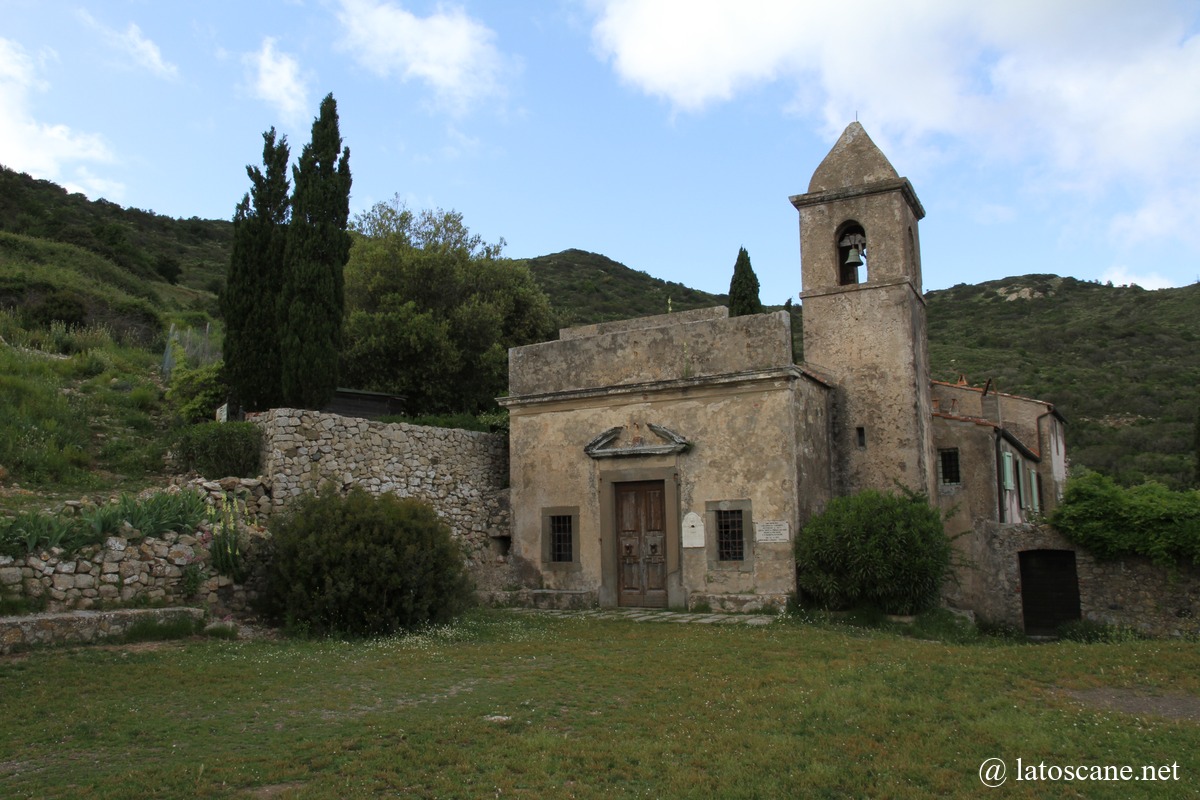
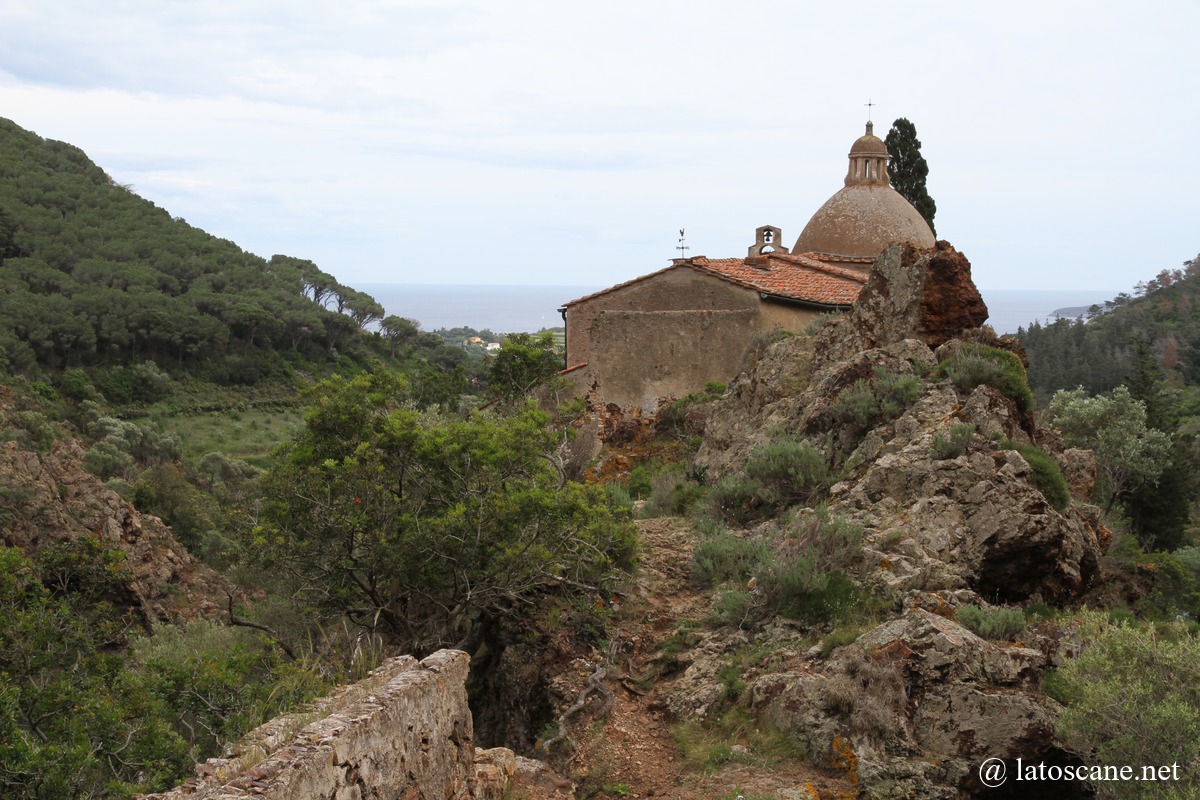
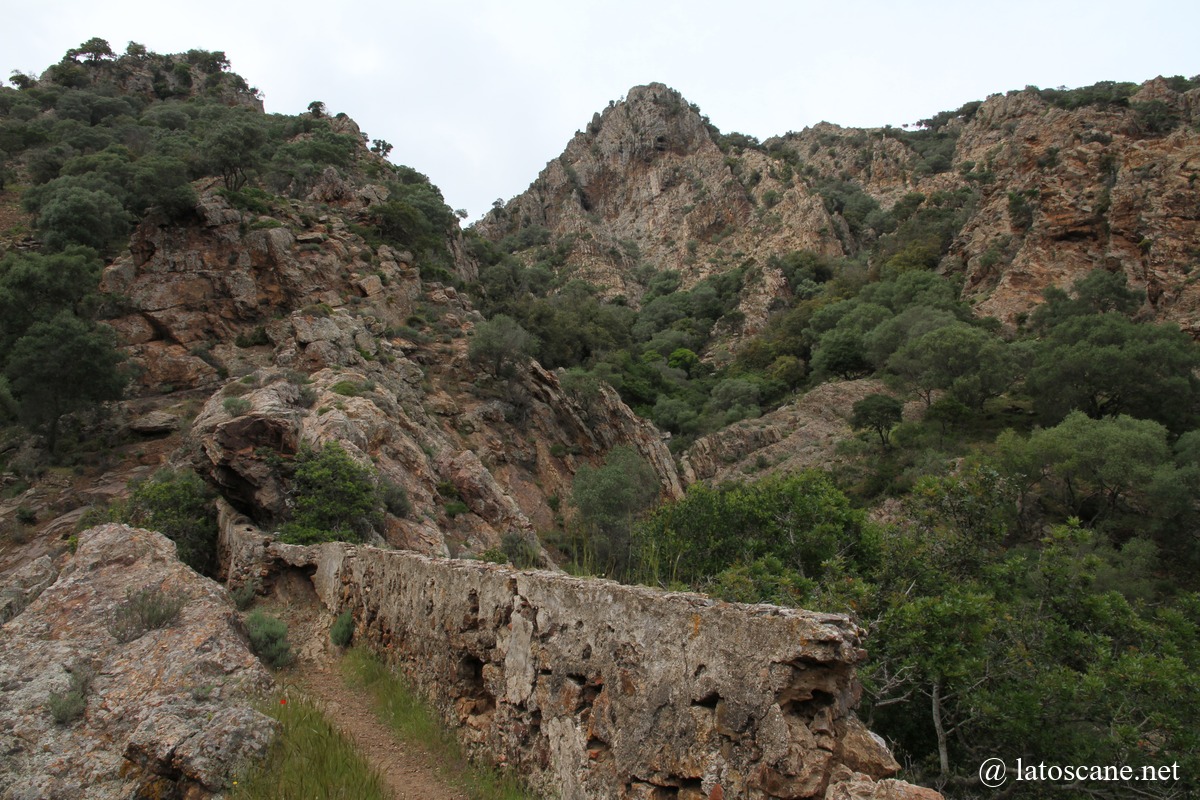
Cavo and the Northeastern Tip of the Island
To the northeast of Rio nell’Elba, the coast stretches up to Cavo and Capo Pero, with hills descending towards the sea.
The village of Cavo extends along the coast with its main beach, Spiaggia di Cavo, approximately 400 meters long, composed of sand and pebbles, and other wilder beaches such as Cala delle Alghe or Frugoso Beach. Towards the Capo Castello promontory, one can find the remains of a Roman villa from the 1st century BC, with mosaics and structures in opus reticulatum.
Offshore, Isola dei Topi is a small islet with endemic vegetation and some historical remains.
Beautiful beaches can be found along the eastern coastline, such as Cala Seregola.
Small coves are accessible by boat or via trails between Capo Vita and Mangani Cove on the western coast.
Ascending the surrounding hills, the Mausoleum Tonietti dominates the landscape from Monte Lentisco. Built in the early 20th century by architect Adolfo Coppedè, it is located on a promontory and offers views of the sea and the surrounding coastline.
The Fortress of Jupiter overlooks the eastern coast, ruins of an ancient fortification that allow observation of the former mining areas of Rio Marina and maritime panoramas. In the nearby heights, the Red Lake of Conche (Laghetto delle Conche, Blood Lake) is a small body of water with reddish hues caused by iron deposits from the former iron mines, set in an unusual and tranquil natural environment.
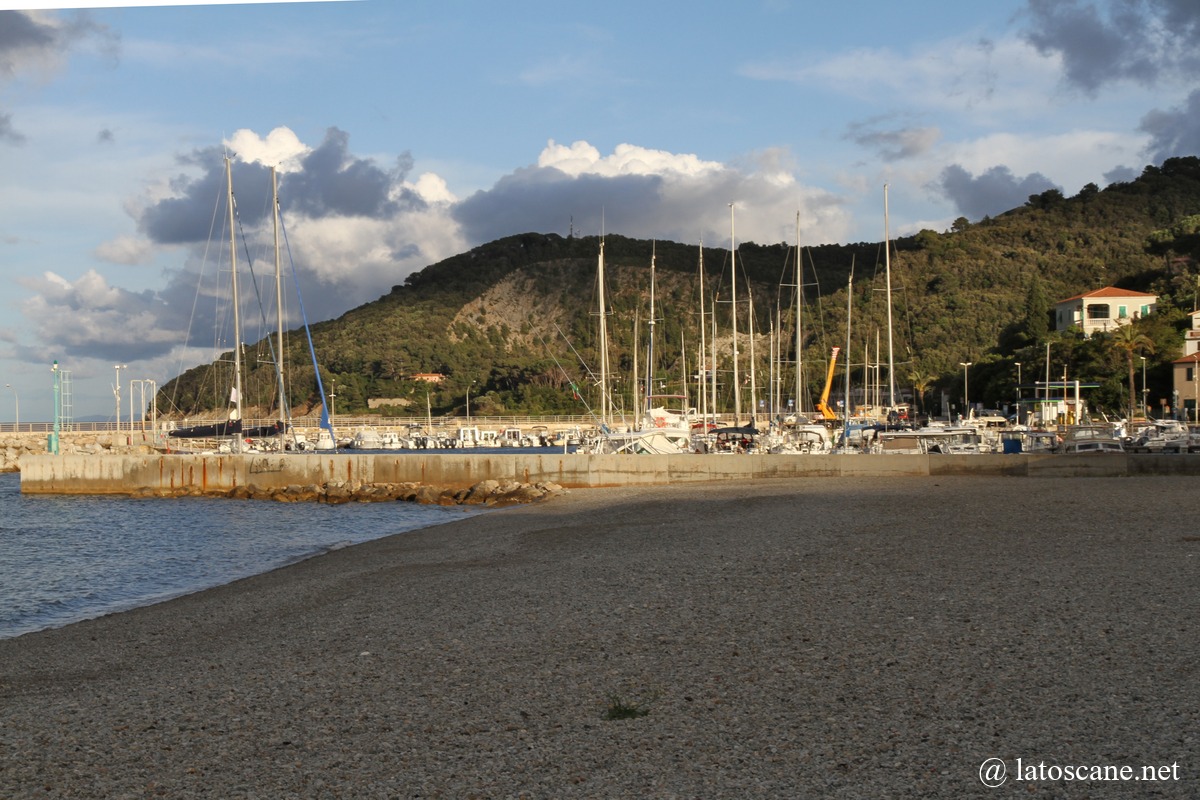
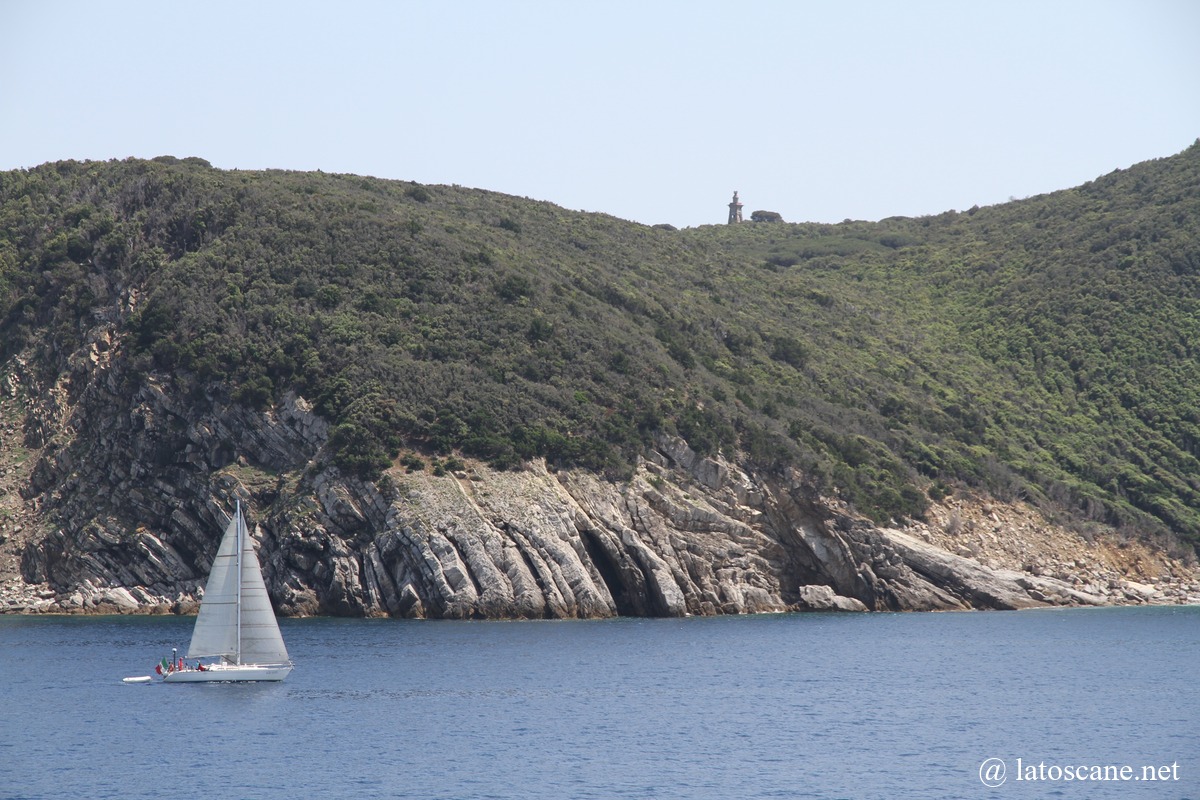
The Most Beautiful Beaches of the Northeastern Part of Elba Island
Eastern Coast: Porto Azzurro → Rio Marina → Cavo
- Terranera (Porto Azzurro): Small distinctive beach, dark sand and green lagoon formed by a former pyrite and sulfur mine. Spectacular setting, appreciated by photographers and geology enthusiasts.
- Reale (Porto Azzurro): Large beach with sand and small pebbles, clear water. Quite busy, equipped, family-friendly.
- Ortano: Large beach with dark sand and pebbles, framed by vegetation. Clear water, suitable for snorkeling. One of the highlights of the eastern coastline.
- Topinetti: Beach with black sand mixed with white pebbles, north of Rio Marina. Highly contrasting and unique landscape on the island. Popular for its unusual appearance.
- Cala Seregola: Beach with red-black mineral sand, visible industrial remnants. Very clear water, parking nearby, busy but still remarkable.
- Porticciolo (Rio Marina): Small secluded beach 1 km north of the town. Gravel, dark sand, quiet, lightly frequented.
- Vigneria: Beach with dark mineral sand, mining atmosphere, old pier. Unusual ambiance but few facilities.
- Frugoso (Cavo): Large beach with light gravel, relaxing atmosphere, sparsely urbanized despite proximity to the village. Clear water and recognized swimming quality.
- Cala delle Alghe (Cavo): Small rocky cove, wild, no facilities. Appreciated for its tranquility and clear water.
- Spiaggia di Cavo (central + San Bennato): Long beach, mixed sand/pebbles, directly in the village. Very busy, convenient, but less “picturesque.”
Beaches of the Western Coast: from Portoferraio → Bagnaia → Cavo via the Northeast
- Bagnaia: Large beach with sand and small pebbles, facing Portoferraio. Lively atmosphere with restaurants and facilities. Convenient but less visually striking.
- Magazzini: Small pebble beach, view of Portoferraio. Peaceful setting, valued more for calm than for swimming.
- Nisporto: Coarse sand and pebble beach, natural setting. Clear water, frequented but still preserved.
- Nisportino: Small wild cove, clear water, natural setting. Highly appreciated for snorkeling and seclusion.
- Zupignano: Isolated beach, pebbles and coarse sand. More difficult access, natural atmosphere, low attendance.
- Small coves (Le Secche, I Mangani, Fornacelle, etc.): series of small discreet coves, often harder to access. Interesting for secluded swimming, but not comparable in beauty to Topinetti or Cala delle Alghe.
More Information and Sources
Things to Do on Elba Island
Links and Information
- Archaeological Museum of the Mining District – Rio nell’Elba: presentation of archaeological remains and the millennial link between the island and mining activities.
- Mining Museum – Rio Marina: collections of minerals from Elba Island and reconstructions of historical mining environments.
- Castello del Volterraio – Fortress and Panorama: history and description of the perched medieval castle, major viewpoint over Portoferraio and the island’s interior.
- Beaches of Magazzini, Bagnaia, Nisporto, Nisportino: practical sheets and characteristics of the listed beaches (access, type of shore, facilities).
- Civic Archaeology Museum of the Mining District – Rio nell’Elba: additional information on local history and archaeological collections related to the mines.


No Comments Yet